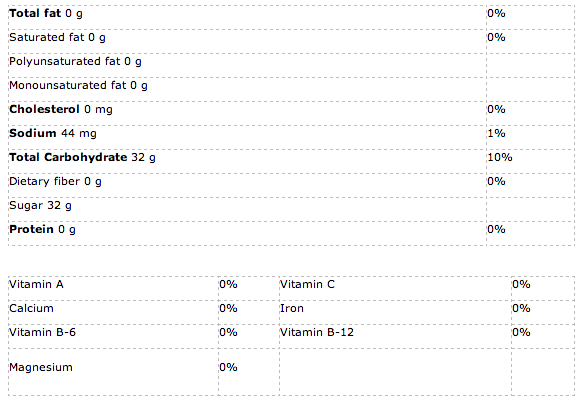#1 Tonic Water Was Originally A Prophylactic
Tonic water is made by dissolving a natural white crystalline alkaloid called quinine, which has been used for centuries (and as recently as the 1940s) to prevent malaria and treat fever, pain, inflammation, lupus, and arthritis. Because of the low-cost, quinine is still used as a medicine today in many impoverished countries. It’s available with a prescription in the US as well. In tonic water, the dosage of quinine is minimal, only used to provide the signature tart flavor. Even so, many of the healing properties are still intact — you’re just taking a fraction of a children’s dose instead.
#2 Gin Makes Tonic Water Palatable
We’re used to thinking of a mixer as something you add to alcohol to make it taste better. The G and T was invented in reverse: troops of the British East India Company in India drank tonic water to prevent malaria, but the taste was too bitter and unpleasant. Gin (along with lime and sugar) was originally added to tonic water by the army in order to make the tonic more palatable. These days, the sugar is already added to tonic water, and limes are sometimes replaced by lemons (for Beefeater gin) or a cucumber slice (for Hendrick’s gin).
#3 Tonic Water Today Can Be Hard To Find
Over-the-counter tonic water these days isn’t always easy to find — many grocery stores carry it in their mixer section, and some occasionally carry it in their soda and soft drink section. Liquor stores that carry gin will often carry tonic water as well, although this isn’t always the case. While there is a variety of tonic water makers, you won’t see much competition in stores.
#4 Tonic Water Is as Bad For You as Soda
Although it sounds like it’s only water, a 12-oz can of tonic water contains 44 mg of sodium and 32g of sugar. Many sodas (pop, Coke, whatever you call it in your neck of the woods) contain around 33g of sugar in the same 12-oz can. The calorie count in tonic water is 124 versus 138 calories in your average can of soda. Even still, a gin and tonic has less calories and sugar than a Cuba Libre (rum and coke), since rum is derived from sugar itself.
#5 Tonic Water is Fluorescent
Quinine is fluorescent, meaning it will glow under UV (black) light. The active ingredient is so sensitive to UV light that it’ll even glow under direct sunlight (although this is a bit harder to notice since the sun is out). The girlfriend and I have been trying all summer, but thus far, we have been unable to glow in the dark ourselves, regardless of how many G and T’s we drank. We’re no quitters though… to be continued…
#6 Tonic Water Nutritional Facts
Percent Daily Value* *Percent Daily Values are based on a 2,000 calorie diet. Your daily values may be higher or lower depending on your calorie needs.
Original Source: USDA


